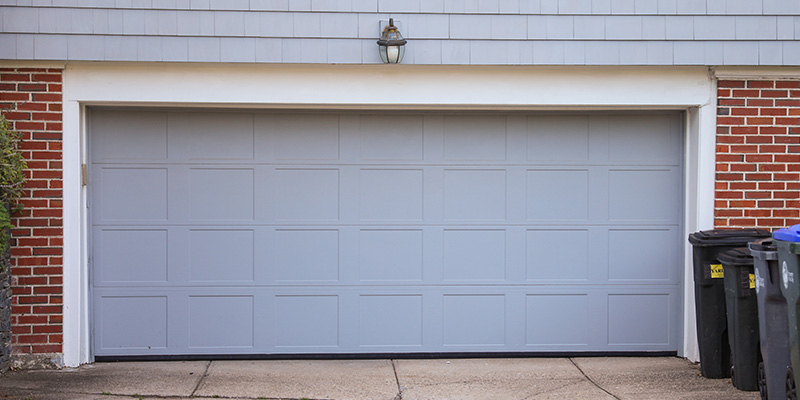
Insulating Your Garage: Tips for Maintaining Comfort and Efficiency
When it comes to home insulation, the garage often gets overlooked. However, insulating your garage can have significant benefits, from maintaining a comfortable environment to improving energy efficiency. In this article, we'll explore the importance of garage insulation and provide valuable tips to help you make the most of this often-underutilised space.
Why Insulate Your Garage?
Before diving into the tips, let's understand why insulating your garage is a smart investment:
Temperature Control: Insulation helps regulate the temperature inside your garage, preventing it from becoming too hot in the summer or too cold in the winter. This creates a more comfortable space for various uses.
Energy Efficiency: An insulated garage reduces the load on your home's HVAC system. When the garage shares a wall with your living space, proper insulation can help lower your overall heating and cooling costs.
Noise Reduction: If your garage houses noisy equipment or tools, insulation can help dampen the sound, keeping your home quieter.
Protection: Insulation can safeguard your garage from extreme temperature fluctuations, preventing damage to stored items, vehicles, and even your garage door.
Tips for Garage Insulation
Now, let's delve into the tips for effectively insulating your garage:
1. Evaluate Your Garage's Use
Begin by determining how you use your garage. Is it primarily for parking vehicles, a workshop, or a home gym? Your garage's purpose will influence the type and amount of insulation you need.
2. Insulate the Garage Door
The garage door is a significant area for heat loss or gain. Consider installing an insulated garage door or adding insulation panels to your existing door. Weatherstripping around the edges will also help seal any gaps.
3. Insulate Walls and Ceiling
For a more comfortable and energy-efficient garage, insulate the walls and ceiling. Fiberglass batts or rolls and rigid foam board insulation are popular choices. Ensure that insulation is properly fitted into wall studs and ceiling joists.
4. Seal Gaps and Cracks
Inspect your garage for gaps and cracks around windows, doors, and other openings. Seal them with caulk or weatherstripping to prevent drafts and maintain insulation effectiveness.
5. Choose the Right U-Value
The U-value measures insulation's thermal resistance. The lower the U-value, the better the insulation. Consult with an insulation expert to determine the appropriate U-value for your garage based on your climate.
6. Consider a Vapor Barrier
In regions with high humidity, consider adding a vapor barrier to prevent moisture from entering the walls. This helps maintain insulation performance and prevents mould growth.
7. Insulate the Garage Floor
If your garage has living space above it, insulating the garage floor can further improve energy efficiency. Use rigid foam insulation or specialised floor insulation products.
8. Ventilation
Proper ventilation is essential to prevent moisture buildup in insulated garages. Install vents or fans to ensure air circulation and reduce the risk of mould and mildew.
9. Professional Installation
For optimal results, consider hiring a professional insulation contractor. They can assess your garage's specific needs and ensure proper installation.
10. Check Building Codes
Before starting your garage insulation project, check local building codes and regulations. Some areas may have specific requirements for garage insulation.
Insulating your garage is a wise investment that can enhance comfort, save energy, and protect your belongings. Whether you use your garage as a workspace, storage area, or parking space, the benefits of insulation extend to your entire home. By following these tips and considering your garage's unique needs, you can create a well-insulated and versatile space that adds value to your property while maintaining comfort and efficiency year-round.


